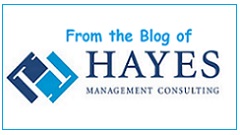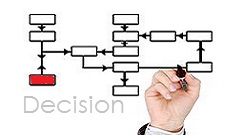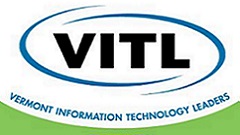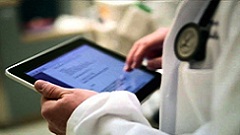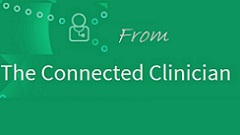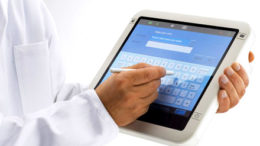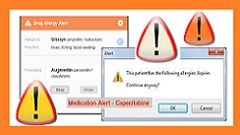Post EHR Implementation – 5 Things You Need To Do
By Glenda Wickus – Electronic health record (EHR) implementation, planning, training, implementation, scheduling, optimization, planning, implementation, implementation! These concepts seem to be the only words we hear buzzing around our heads when we talk about EHRs. But what about post-live? There seems to be a scarcity of conversation once the initial shock has worn off and routines start emerging.
Read More
